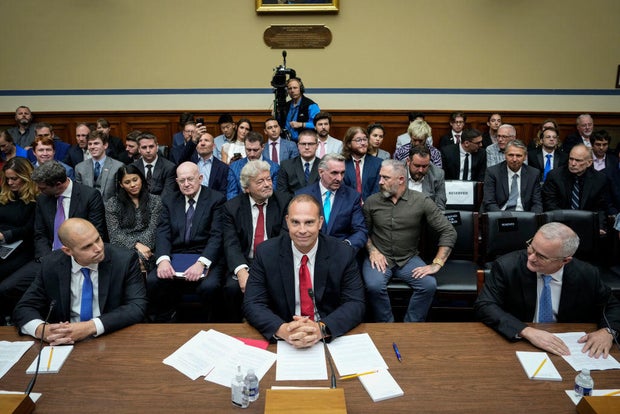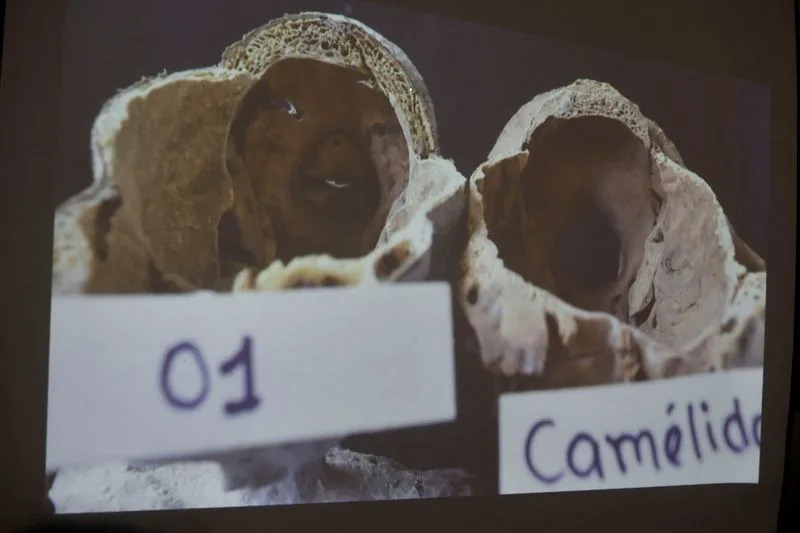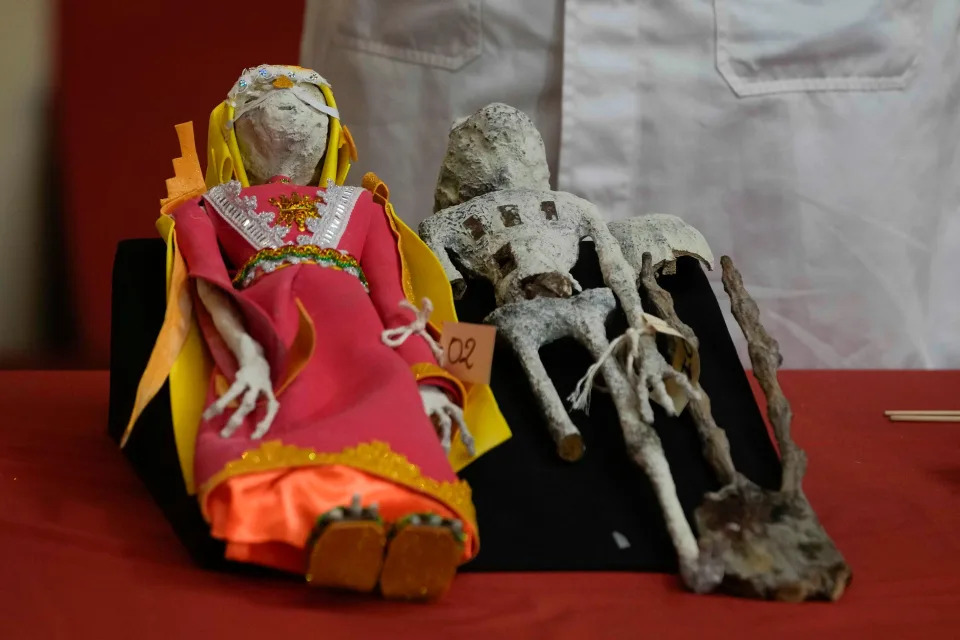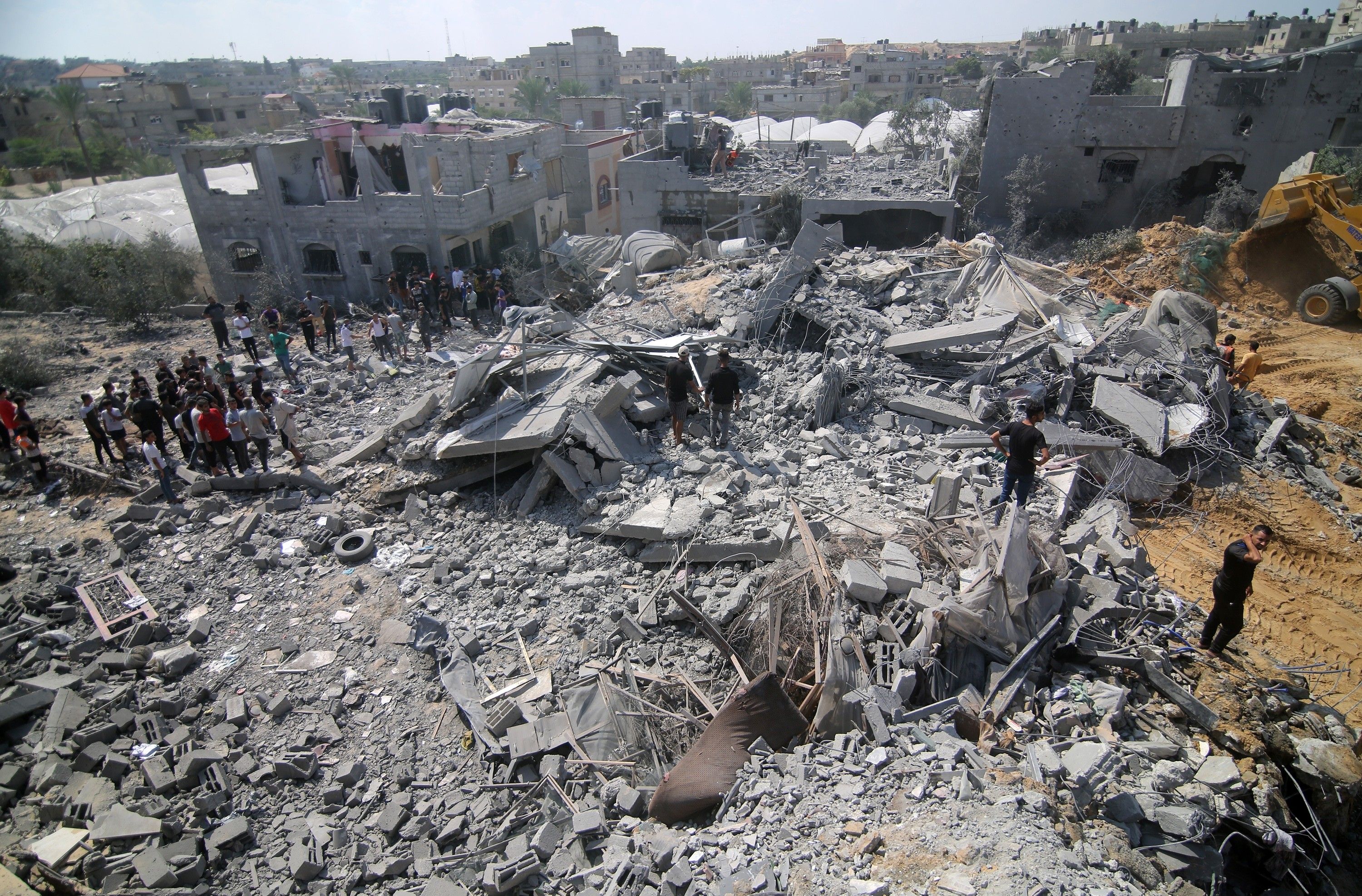Japan needs to rebuild fiscal space, address population ageing and reinvigorate productivity growth
Japan’s economy has recovered from the COVID-19 pandemic but faces new challenges from weak global trade prospects.
Japan’s economy has recovered from the COVID-19 pandemic but faces new challenges from weak global trade prospects. Policy should now focus on ensuring fiscal sustainability, boosting productivity growth, and addressing the economic and social impacts of rapid population ageing.
The latest OECD Economic Survey of Japan says that GDP grew by 1.9% in 2023 and will continue to steadily grow by 1.0% in 2024 and 1.1% in 2025, mostly driven by domestic demand as global uncertainty weighs on external demand. Headline consumer price inflation is projected to slowly come down to 2.6% in 2024, from 3.2% in 2023, and stabilise at 2% in 2025 as government subsidies end and wage growth gains traction. The strong outcome of the latest wage negotiations, the highest in three decades, points towards a virtuous cycle where rising prices contribute to growing wages and consumption, stabilising inflation close to the official target of 2%.
Gross public debt reached an unprecedented level of 245% of GDP in 2022 in the context of broad public support during the pandemic and energy crisis and is projected to only slightly decline over the coming years to 243% in 2024 and 242% in 2025. Rebuilding fiscal space and ensuring debt sustainability should be prioritised. Japan needs a credible medium-term fiscal consolidation strategy that puts public debt levels on a downward path including boosting public revenues and increasing the efficiency of expenditures.
Containing spending growth requires health and long-term care reforms, such as boosting out-of-pocket payments for the more affluent elderly through means-testing, and shifting long-term care out of hospitals. To boost revenues, Japan should gradually increase the consumption (value-added) tax, as the current rate is among the lowest in the OECD.
Reforms to available fiscal support schemes for investments would encourage more innovations from smaller firms and start-ups that are key to boost productivity and potential growth. Public support to research and development investment is high, but more co-operation between public research and the private sector and better diffusion of innovation is needed. Improving conditions for innovation capital, such as the undersized venture capital, and encouraging the use of mergers and acquisitions, would help.
“Japan was pursuing a broad structural reform agenda when the pandemic hit. These reforms were having a positive impact, growing workforce participation levels of women and older workers, and supporting Japan’s economic recovery from the pandemic,”OECD Secretary-General Mathias Cormann said. “Rapid demographic change is increasingly putting pressure on the public budget though. Reforms are needed to ensure debt sustainability to prepare for these future spending pressures as well as to increase resilience towards future shocks. Reviving productivity growth is key to raising growth and addressing demographic challenges by fostering innovation and making better use of the shrinking workforce.”
Past labour market reforms including the Work Style reforms have raised employment by encouraging women to take up regular work through more flexible working conditions and relaxing regulations for older workers. More efforts are needed to further increase labour force participation among women and older persons and attract more talented foreign workers, in particular in sectors with significant labour shortages, to help limit demographic headwinds. Policies to support families and children and lower labour market dualism could help reverse the decline in the fertility rate and boost female employment. Abolishing the right of firms to set mandatory retirement, typically at age 60, would increase employment and weaken the role of seniority in setting wages.
Despite some progress in reducing carbon emissions and expanding green energy sources, it will be challenging for Japan to achieve net-zero emissions by 2050. Projected contributions to emission reductions from innovative technologies, which are not yet cost effective, and nuclear power come with uncertainties. Improving contingency planning by mapping out scenarios for the development of energy sources is key. Ongoing efforts to boost the modest contribution of renewables to electricity supply should be stepped up by enhancing the electricity grid.

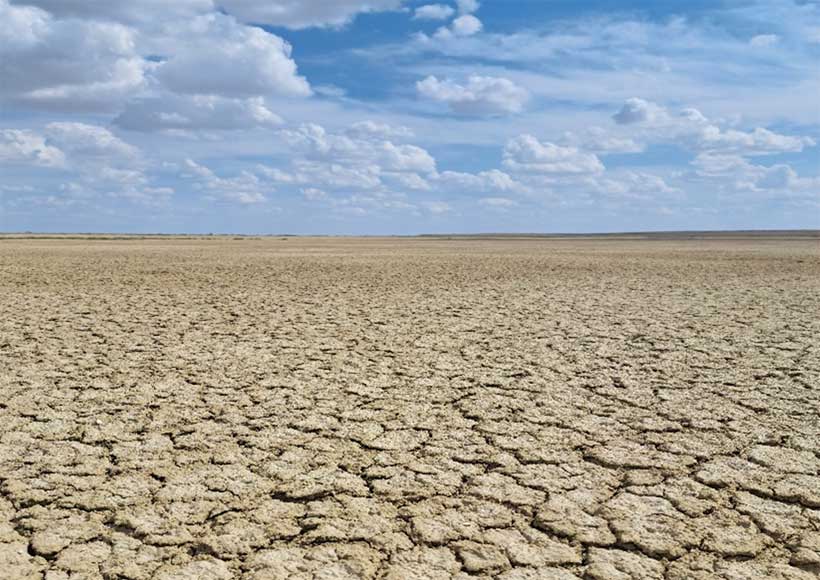

.jpg)
